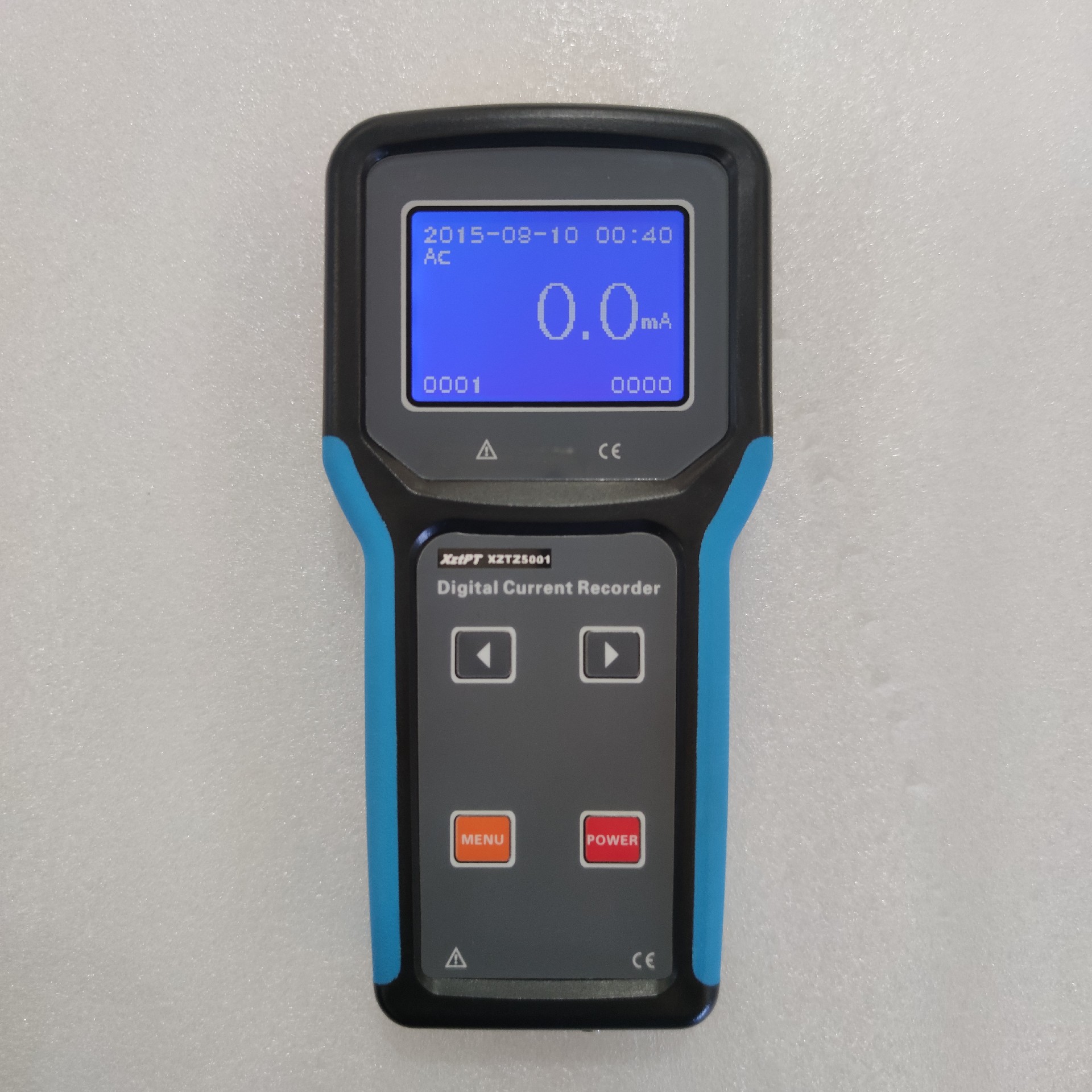English




Abnormal sound
When the transformer is operating normally, it will emit a continuous and uniform "buzzing" sound. If the sound generated is uneven or has other special sounds, it should be considered that the transformer is not operating normally, and the fault can be found based on the difference in sound and handled in a timely manner. There are mainly the following faults:
An overvoltage occurs in the power grid. When single-phase grounding or electromagnetic resonance occurs in the power grid, the sound of the transformer will be sharper than usual. When this happens, you can make a comprehensive judgment based on the instructions of the voltmeter. The transformer is overloaded. The load changes greatly, and due to the effect of harmonics, intermittent "wow" or "gurgling" sounds occur instantly in the transformer, and the pointer of the monitoring and measuring instrument swings with high pitch and loud volume. Transformer clamp or screw is loose. If the sound is louder than usual and there is obvious noise, but there are no obvious abnormalities in the current and voltage, it may be that the internal clamps or the screws that hold down the iron core are loose, causing the silicon steel sheet to vibrate.
Transformer partial discharge. If the drop-out fuse or tap-changer of the transformer is in poor contact, there will be a "squeaking" discharge sound; if the transformer's transformer bushing is dirty, the surface enamel falls off or there are cracks, a "hissing" sound can be heard. ; If there is partial discharge or poor electrical connection inside the transformer, it will make a "squeaking" or "crackling" sound, and this sound will change depending on the distance from the fault. At this time, the transformer should be deactivated immediately for inspection. There is a short circuit in the transformer winding. If the sound is mixed with the sound of water boiling, the temperature changes rapidly, and the oil level rises, it should be judged that the transformer winding has a short-circuit fault. In severe cases, there will be a huge roar, and a fire may follow. At this time, the transformer should be stopped immediately for inspection.
Transformer shell flashover discharge. This sound occurs when high voltage in the transformer windings causes flashover discharges between the outgoing wires or against the enclosure. At this time, the transformer should be inspected out of service.
Odor, abnormal color
Rupture of the explosion-proof membrane of the explosion-proof pipe: The rupture of the explosion-proof membrane of the explosion-proof pipe will cause water and moisture to enter the transformer, causing the insulating oil to emulsify and reduce the insulation strength of the transformer. Casing flashover discharge, casing flashover discharge will cause heating, aging, insulation damage or even explosion.
Overheating of the leads (connectors) and line cards causes abnormalities; the fastening part of the casing connection end is loose or the lead nose slips, etc., the contact surface is severely oxidized, causing the contact to overheat, the color becomes dark and glossy, and the surface coating is also damaged. destroyed. Casing fouling causes abnormalities; casing fouling produces corona and flashover, resulting in ozone smell, and burning of the cooling fan and oil pump produces a burning smell.
In addition, excessive moisture absorption, damaged gaskets, too much water entering the oil chamber, etc. may cause discoloration of the hygroscopic agent.
Abnormal oil temperature
If it is found that under normal conditions, the oil temperature is more than 10 degrees Celsius higher than usual or the temperature continues to rise while the load remains unchanged (when the cooling device is operating normally), it can be judged that there is an abnormality inside the transformer. Mainly:
Internal fault causes temperature abnormality. Its internal faults, such as winding smashing or interlayer short circuit, coil discharge to the screen, internal lead joint heating, multi-point grounding of the iron core causing eddy current increase and overheating, zero-sequence unbalanced current and other magnetic flux leakage form a loop with the iron tank to generate heat. Other factors cause abnormal temperature of transformer. When these situations occur, gas or differential protection actions will also occur. When the fault is serious, the explosion-proof pipe or pressure relief valve may inject oil. In this case, the transformer should be immediately deactivated for maintenance.
Temperature abnormalities caused by abnormal operation of the cooler. The cooler operates abnormally or malfunctions, such as the submersible pump is out of service, the fan is damaged, the radiator pipe is fouled, the cooling effect is poor, the radiator valve is not opened, the thermometer indication fails, and many other factors cause the temperature to rise, and the cooler system must be dealt with. Perform maintenance and flushing to improve its cooling effect.
Abnormal oil level
Abnormal oil levels and oil leakage are common in transformers during operation, and inspections and inspections should be carried out from time to time. The main manifestations are as follows.
1. False oil level: The oil standard pipe is blocked; the oil pillow suction pipe is blocked; the air hole of the explosion-proof pipeline is blocked.
2. Low oil level: The transformer has serious oil leakage; the staff failed to replenish the oil in time after draining the oil due to work needs; the temperature is too low and the oil volume is insufficient, or the oil pillow capacity is too small to meet the operation needs.
XZTZ5001 Transformer Core Grounding Current Tester
